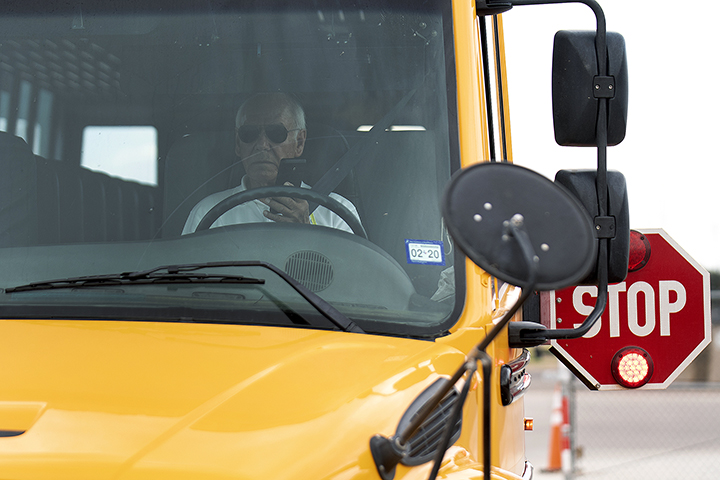
The COVID-19 shutdowns that lead to at-home learning, also brought on evolutions in the nature of cybercrimes against school districts. A cyberattack can force the shutdown of critical technology systems that are necessary for the safety of students, teachers, and administrators. Most importantly, it can result in the locking down of critical systems – such as routing and communication access – and bring district services to a grinding halt.
Even before the outbreak prompted changes in the way many businesses and schools operate, cyber attacks had grown by 273 percent in the first quarter of 2020 compared to the same time in 2019.
Priority Communications
One of the biggest challenges for school districts is the security of students and staff. FirstNet, Built with AT&T is the communications platform built with and for public safety and those who support them. This includes school administration officials in charge of student safety, school resource officers and school bus drivers. FirstNet helps ensure district officials have the reliable, highly secure and prioritized connectivity they need to communicate with first responders and to their network of drivers in charge of transporting students.
During an emergency, questions about vehicle location and driver communication become critical. In these instances, access to FirstNet is critical to ensuring student safety.
School districts need the ability to connect and communicate with emergency personnel every day to ensure the safety and security of students. As a wireless communications network, FirstNet also offers schools a fleet management solution that allows near real-time tracking of school buses and instant communication between district staff.
FirstNet offers its powerful broadband LTE communications platform to help keep school officials connected, so they can:
• Maintain access to voice, data, video, images, and text when emergencies arise
• Communicate easier with the AT&T Enhanced Push-to-Talk solution, which is FirstNet Ready®
• And get enhanced situational awareness with innovative apps and devices.
Best Practices to Understand
In light of the extensive ransomware attacks on school districts across the United States over the past five years, it is crucial that school districts keep meticulous documentation and take inventory of the different kinds of personally identifiable information kept on each child transported by the school district.
School district administration teams should embrace cybersecurity best practices to protect their schools from cybercrime. Here are a few things school districts can do to help protect themselves from attacks:
• Implement a zero-trust policy: Instead of assuming everything behind the firewall is safe, verify each request as though it originates from an open network.
• Secure your devices: Implement a mobile device management plan that provides visibility and control of every device that connects to your network.
• Encrypt your data: Effectively encrypting your data can help render it useless to unauthorized users.
• Train staff and educate students: Use your staff and students as the first line of defense against cyber attackers by educating them about mobile device safety, phishing, and other cybersecurity hygiene basics.
Focusing on prevention rather than mitigation is always best practice when it comes to protecting your students and organization.
Most school districts do not have the resources to engage a staff member dedicated to handle cyber security incidents. Because of this, schools have become a huge target and the mindset must shift from “if an attack happens” to “when an attack happens.”
By shifting the focus to secure applications and data before an attack happens, rather than after, school districts will be better prepared to protect students, staff and operations against an external attack, or internal incident.
To learn more about FirstNet, Built with AT&T, visit https://www.firstnet.com/industry-solutions/school-transportation.html.


